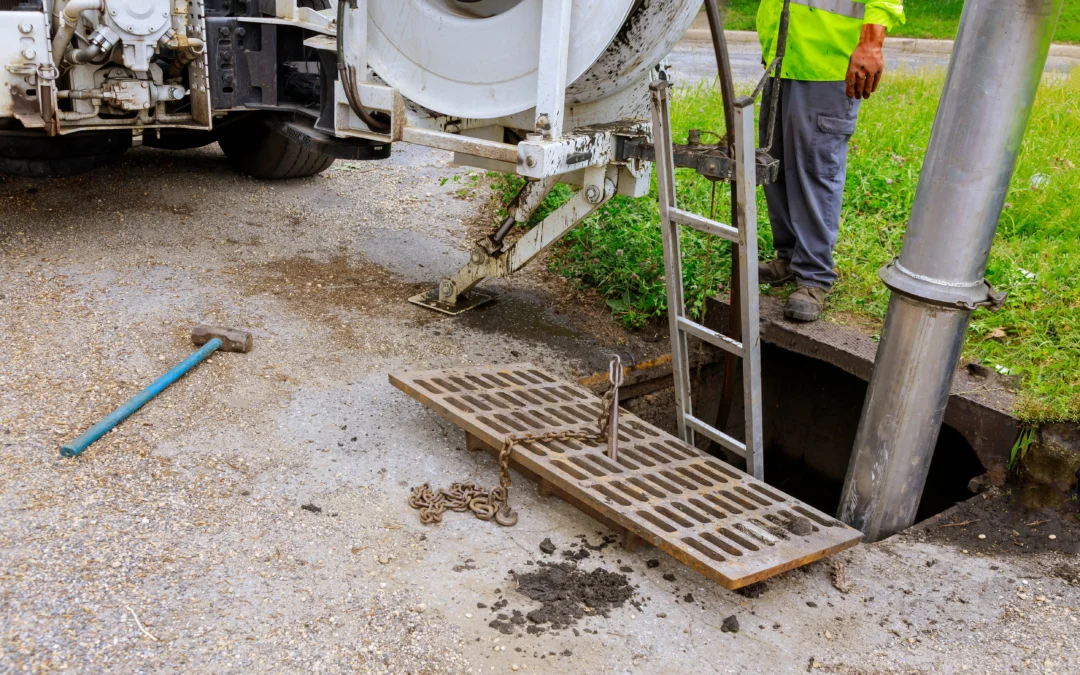Sewage lifting stations play a vital role in wastewater management, particularly in areas where a traditional gravity-based system is not possible or feasible. These stations are designed to lift wastewater from a lower to a higher elevation, ensuring the safe and efficient transport of sewage to treatment facilities or main sewer systems. In this essential guide, we explore the fundamental aspects of sewage lifting stations, including their primary function, key components, and maintenance best practices to keep your system operating smoothly and effectively.
Sewage lifting stations comprise several essential components that work together to pump wastewater from a lower level, such as a basement or underground facility, to a higher elevation where it can be safely disposed of or processed. These components typically include a wet well that collects wastewater, pumping equipment to raise the water, valves and pipework to control the flow, and electrical control systems to monitor and regulate the operation. Understanding the function and purpose of each component is crucial in ensuring optimal performance and longevity for your sewage lifting station.
Regular maintenance is a vital aspect of sewage lifting station management, as a well-maintained system can not only ensure efficient wastewater transportation but also prevent breakdowns, minimise odours, and reduce the risk of environmental damage. Establishing a consistent inspection and maintenance schedule is key in identifying potential problems, addressing issues promptly, and maintaining the functionality of your lifting station.
In the sections that follow, we will delve deeper into the intricacies of sewage lifting stations, shedding light on their key features, components, and the importance of proper maintenance. By gaining a comprehensive understanding of these systems, you can ensure that your property benefits from effective and dependable wastewater management, contributing to a cleaner and more sustainable environment.
Understanding the Function of Sewage Lifting Stations
1. Overcoming Gravity Limitations
In some areas, traditional gravity-based sewer systems may not be feasible due to factors such as low elevation, high groundwater levels, or challenging terrain. Sewage lifting stations offer a solution to these challenges, enabling the transportation of wastewater from lower to higher elevations, ensuring that it reaches treatment facilities or main sewer systems effectively and efficiently.
2. Streamlining Wastewater Management
By lifting wastewater to a higher level, sewage lifting stations facilitate a more streamlined flow of wastewater through the sewer network, minimising the risk of backflow, flooding, or blockages. This helps to maintain a reliable and dependable wastewater management system for residential, commercial, and industrial properties alike.
Examining Key Components of Sewage Lifting Stations
1. Wet Well
The wet well is an essential component of sewage lifting stations, serving as the collection point for wastewater from various sources, such as toilets, showers, and sinks. Typically constructed from materials like concrete, fibreglass, or plastic, the wet well must be robust and watertight to withstand the pressures associated with wastewater collection and transportation.
2. Pumping Equipment
Pumping equipment within a sewage lifting station serves to lift the wastewater from the wet well to the higher elevation. Pumps used in lifting stations include submersible pumps and self-priming centrifugal pumps, which offer differing advantages and are chosen based on factors such as flow rate, head capacity, and maintenance requirements.
3. Valves and Pipework
A series of valves and pipework interconnect the various components of a sewage lifting station, controlling the flow of wastewater through the system. Check valves are typically installed to prevent backflow, while gate valves allow for isolation of the pump in case of maintenance or repair. Pipework should be sized correctly and constructed from durable materials to ensure efficient, long-lasting operation.
4. Control Systems
Electrical control systems play a pivotal role in the operation and management of sewage lifting stations. Control systems may include components such as level sensors, alarm systems, and motor starters, as well as bespoke software designed to monitor and regulate the station’s performance. These systems help to optimise energy efficiency, provide valuable diagnostic information, and alert operators to potential problems.
Sewage Lifting Station Maintenance Best Practices
1. Regular Inspections
Conducting regular inspections is important to ensure the continued optimal performance and reliability of your sewage lifting station. Visually inspect components such as pumps, pipework, and control systems for signs of wear, damage, or leakage, and address any issues promptly to maintain the station’s efficiency and lifespan.
2. Cleaning and Debris Removal
Wastewater can contain grease, solids, and other debris, which can lead to blockages or reduced efficiency within a sewage lifting station. Periodic cleaning and removal of debris from the wet well, pumps, and pipework can help to maintain a smooth and unobstructed flow of wastewater through the system.
3. Lubrication and Sealing
Regular lubrication of moving parts within the pump and motor assembly is essential to reduce friction, wear, and heat generation, helping to extend the service life of the components. Additionally, it is important to ensure that seals and gaskets within the lifting station remain in good condition, preventing leaks and maintaining system integrity.
4. Control System Maintenance
Over time, the performance of the control systems within a sewage lifting station can degrade, leading to less accurate readings and less efficient operation. Routine maintenance of the control systems, including sensor calibration and software updates, ensures that the station continues to function effectively and reliably.
Conclusion
Sewage lifting stations play a crucial role in wastewater management, particularly in areas where traditional gravity-based systems are not feasible. By understanding the function, key components, and maintenance best practices associated with these stations, you can ensure the efficient and reliable handling of wastewater within your property. Should you need assistance or guidance with your sewage lifting station, our team of experts at A&C Pumps Ltd is here to help you navigate the complexities of packaged pumping systems and wastewater management to find the ideal solutions tailored for your specific needs.

